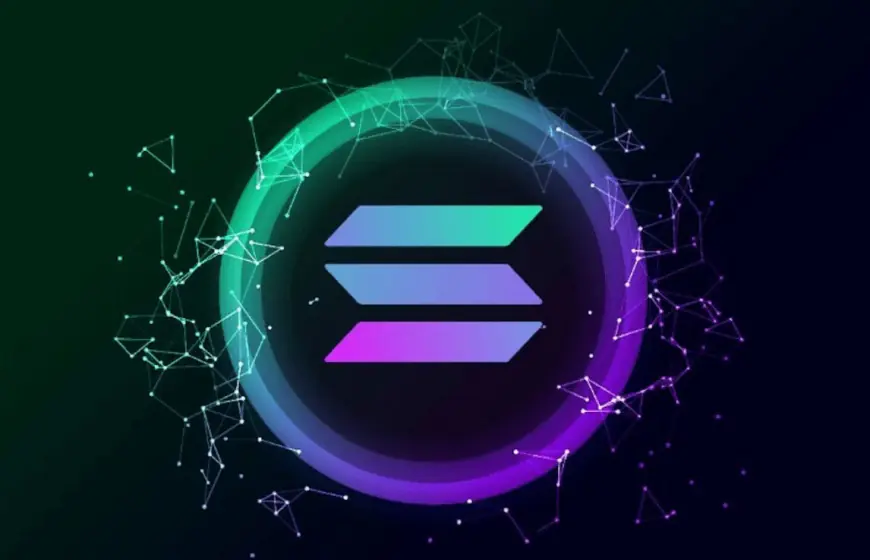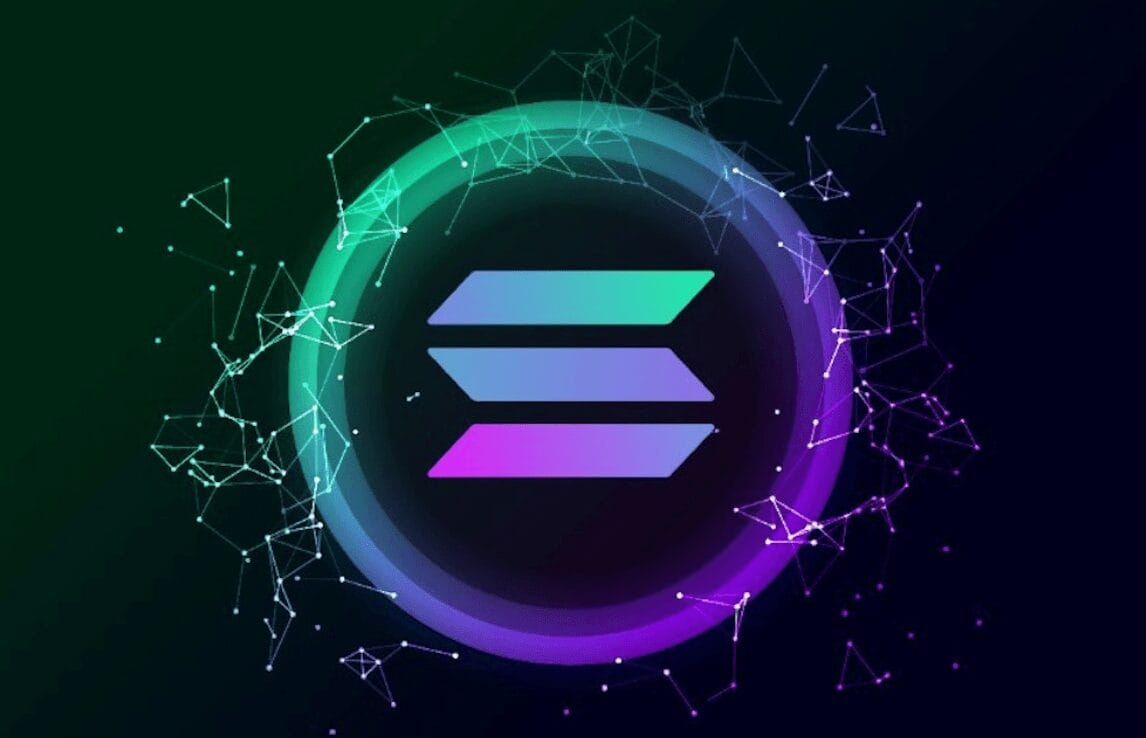Retail Adoption Could Propel Solana Liquid Staking to $18B and SOL Price to $160
Solana’s liquid staking could grow fivefold to $18 billion, driven by increased retail investor interest. Retail investors are attracted to the flexibility of liquid staking tokens, which allow them to use their assets in DeFi applications. According to a report by Bybit Research, Solana, one of the fastest-growing cryptocurrencies, is on track for a major [...]


- Solana’s liquid staking could grow fivefold to $18 billion, driven by increased retail investor interest.
- Retail investors are attracted to the flexibility of liquid staking tokens, which allow them to use their assets in DeFi applications.
According to a report by Bybit Research, Solana, one of the fastest-growing cryptocurrencies, is on track for a major surge in its liquid staking market. Due to increasing retail investor participation, the market can potentially grow fivefold, reaching $18 billion. With a current valuation of $3. 8 billion, this sector can be an essential factor in Solana’s growth in the cryptocurrency market.
Liquid staking differs from traditional staking, where coins are locked up, and investors get a liquid version of their staked assets. These liquid tokens can be used in decentralized finance (DeFi) protocols to provide liquidity while earning staking rewards. This added flexibility has gained a lot of interest, especially from retail investors looking for a more flexible staking solution.
According to the report, Solana’s liquid staking has the possibility of skyrocketing in value. If the retail adoption of ETH keeps on rising, the liquid staking market could rise to a staggering $18 billion within the next five years. Bybit Research also reveals that exchange-backed liquid staking tokens (LSTs) can contribute to this expansion by helping introduce DeFi ecosystems to ordinary users.
Retail Investors Drive Expansion of Solana’s Liquid Staking Ecosystem
The future of staking in Solana, specifically liquid staking, relies heavily on the retail investor. As highlighted by Bybit Research, the liquidity of liquid staking tokens makes them especially suitable for this group due to ease of use. These tokens enable retail investors to maintain their assets liquid while also earning staking rewards. Unlike conventional staking, in which tokens are held for a particular time, liquid staking is more flexible.
Bybit’s bbSOL, the first liquid staking token on Solana, is a good example of how exchanges are pioneering LSTs to retail investors. This new development enhances the possibility of investors staking their coins while still being capable of trading or utilizing their tokens within DeFi platforms, thus enhancing the concept of liquid staking.
With the increasing popularity of liquid staking in Solana, the price of SOL may increase significantly as well. Solana is currently priced at $137, registering a 24-hour increase of 3% with a total market capitalization of $61.93 billion.
DeFi Integration Fuels Growth of Solana-Based Liquid Staking
The potential value of Solana-based liquid staking to $18 billion will be determined by its compatibility with other DeFi protocols. The main advantage of liquid staking is that staked tokens can be used in other protocols, thus improving the overall capital utilization. For instance, holders of LST can engage in lending, borrowing, and yield farming to generate more income.
With DeFi expanding, Solana’s liquid staking market is well-placed to capitalize on the growing demand for decentralized financial solutions. According to DeFiLlama, liquid staking is the largest protocol category on Ethereum, and the same pattern can be expected on Solana. At the moment, the total value locked in Solana’s liquid staking market is over $3. 8 billion, and this is expected to rise even further as more people embrace DeFi.
What's Your Reaction?






































































































